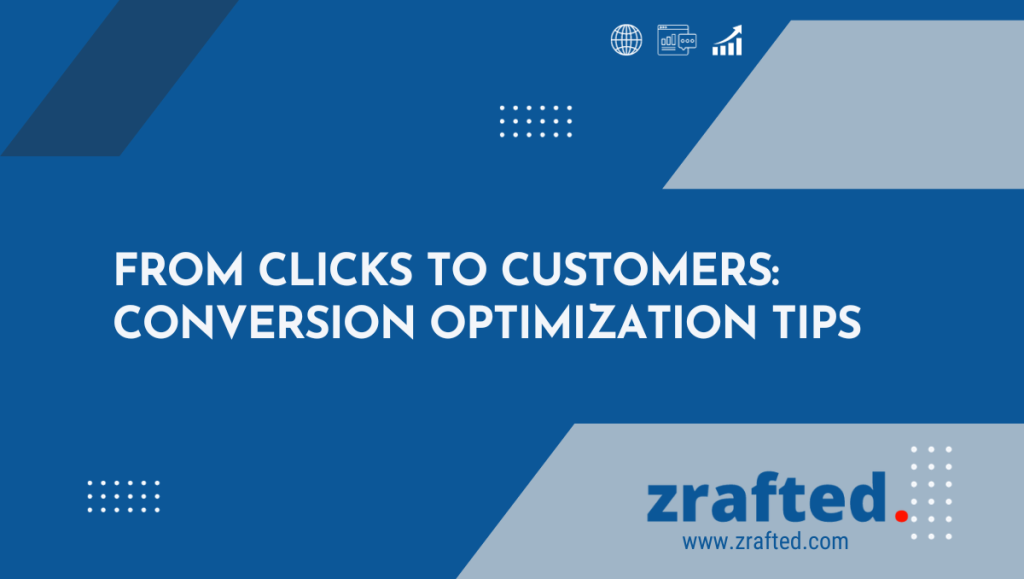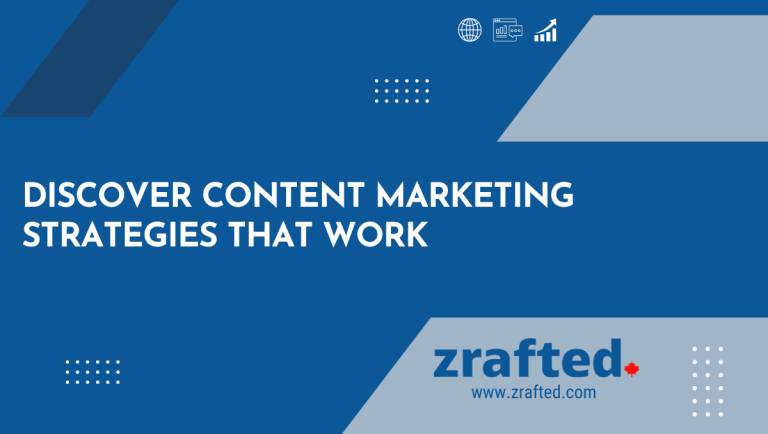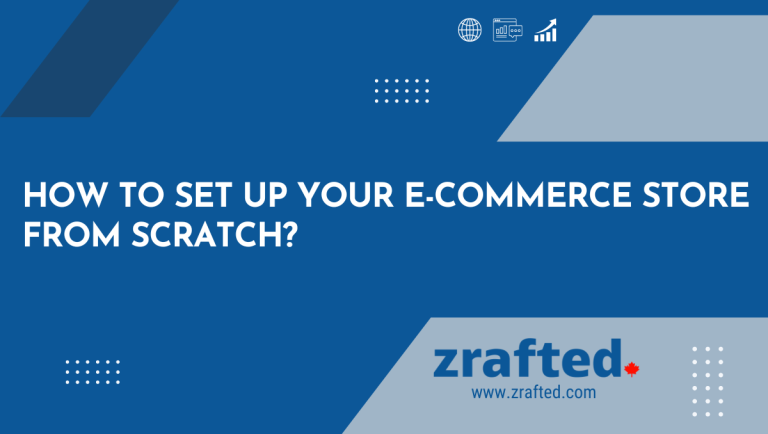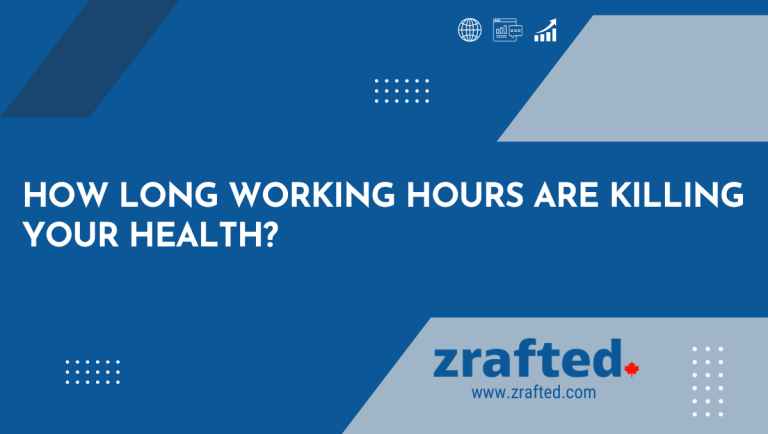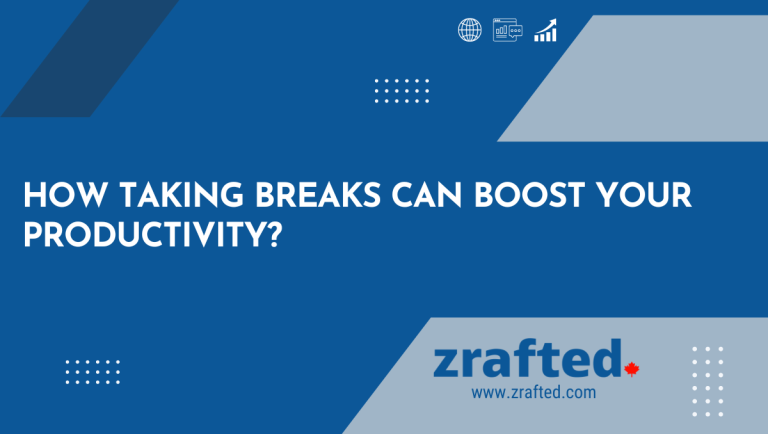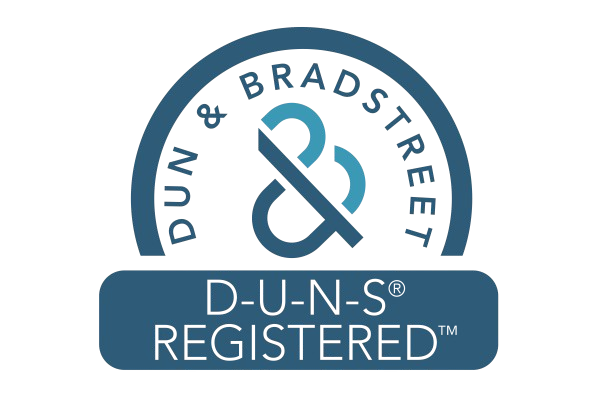Conversion Optimization Tips
In the digital landscape, the success of your online business isn’t solely determined by the number of clicks your website receives. While generating traffic is essential, what truly matters is how well you can turn those clicks into loyal customers. This process is known as conversion optimization. Now, the question arises that how do you turn clicks into customers?
In order to convert clicks into consumers, it is imperative to first gain a comprehensive understanding of one’s target audience and afterwards customize the content to align with their preferences and needs. In order to enhance the effectiveness of your online presence, it is imperative to provide engaging and pertinent content, optimize the speed of your website, and employ A/B testing to refine your strategies.

In order to enhance user engagement and facilitate a smooth user journey, it is essential to employ explicit calls to action (CTAs) and ensure a seamless user experience. Establishing trust through the utilization of testimonies and effectively addressing objections is also conducive to fostering a positive relationship. In conclusion, it is necessary to consistently evaluate and enhance one’s strategy in order to enhance conversion rates and effectively convert clicks into consumers who exhibit loyalty.
In this blog, we’ll explore effective strategies and techniques for boosting conversion rates, maximizing click-through, optimizing your sales funnel, and ultimately increasing online conversions.
Understanding Conversion Optimization
Prior to delving into the strategies, it is essential to establish a clear understanding of the concept of conversion optimization. Website optimization refers to the strategic process of improving the efficacy of a website in terms of turning visitors into customers or facilitating other desired actions, such as subscribing to a newsletter or soliciting a quote. This procedure entails optimizing different elements of one’s digital presence to enhance its attractiveness and user-friendliness.
Now, let’s explore some actionable tips to boost your conversion rates and maximize the returns on your digital marketing efforts.
1. Conduct Thorough User Research
The fundamental basis for achieving successful conversion optimization lies in comprehending one’s target audience. It is imperative to allocate sufficient time towards conducting thorough research on the needs, preferences, pain areas, and habits of the target market.
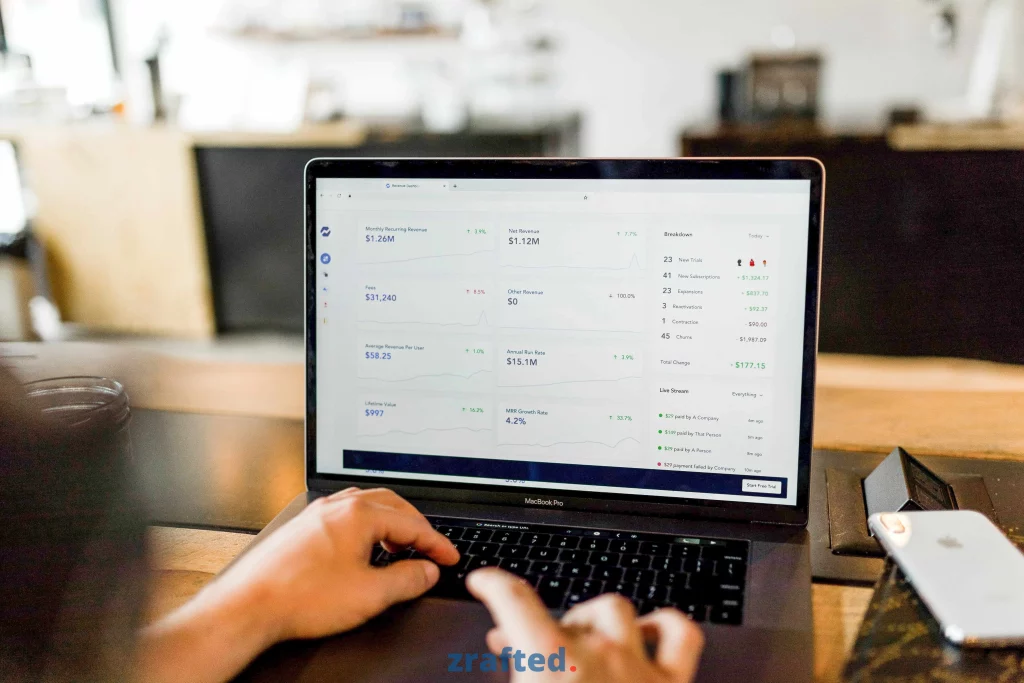
Develop comprehensive buyer personas to inform and direct your optimization endeavors. Having a comprehensive understanding of your audience allows you to customize your content, messaging, and user experience in order to effectively connect with them.
2. Optimize Your Website for Speed
Slow-loading websites can be a major conversion killer. Online users expect fast, responsive websites, and they’re more likely to abandon a site that takes too long to load. Regularly check your website’s speed using tools like Google Page Speed Insights and optimize it for faster performance. Compress images, minimize code, and use content delivery networks (CDNs) to deliver your content swiftly to users.
3. Create Compelling, Relevant Content
Your website’s content plays a pivotal role in converting visitors into customers. Ensure that your content is not only high-quality but also highly relevant to your target audience. Craft engaging headlines and persuasive calls to action (CTAs) that encourage users to take the desired action. Remember that your content should address the needs and pain points of your audience.
4. Implement A/B Testing
A/B testing is a valuable technique to identify what works best for your audience. Experiment with different variations of landing pages, CTAs, headlines, and images to see which ones yield higher conversion rates. Tools like Google Optimize and Optimizely can help you conduct these tests and make data-driven decisions.
5. Streamline Your Sales Funnel
Your sales funnel is the journey your visitors take from the moment they land on your website to the point of conversion. Analyze this funnel and identify any potential bottlenecks or obstacles that may be hindering conversions. Simplify the process as much as possible, making it easy for users to navigate from one stage to the next.
6. Leverage Social Proof
People tend to trust the opinions of others. Use social proof, such as customer reviews, testimonials, and case studies, to build trust and credibility. Highlight success stories and showcase positive feedback from satisfied customers. Social proof can be a powerful motivator for hesitant prospects.
7. Mobile Optimization is Crucial
With the increasing use of smartphones, it’s imperative that your website is optimized for mobile devices. Ensure that your site is responsive and provides a seamless experience on smartphones and tablets. Google also considers mobile-friendliness as a ranking factor, so it’s crucial for SEO as well.
8. Use Clear and Compelling CTAs
Your calls to action (CTAs) should be clear, concise, and attention-grabbing. Use action-oriented language and place CTAs strategically throughout your website, especially on key pages and within your content. Experiment with different CTA designs and placements to determine what resonates best with your audience.
9. Implement Exit-Intent Pop-ups
Exit-intent pop-ups are a clever way to capture potential leads or customers who are about to leave your site. These pop-ups can offer discounts, free resources, or subscription options, enticing visitors to stay and take action before exiting.
10. Continuously Analyze and Iterate
Conversion optimization is an ongoing process. Regularly analyze your website’s performance using web analytics tools like Google Analytics. Monitor key metrics such as conversion rates, bounce rates, and user behavior. Use the insights gained to make continuous improvements and refinements to your conversion strategies.

Why do I receive clicks but no sales is a problem that occasionally arises. The occurrence of clicks without accompanying sales can be ascribed to a multitude of variables. There are several potential factors that could contribute to the observed issues, including targeting deficiencies, an unclear value proposition on the landing page, a lack of trust-building features, concerns regarding competitive price, complicated checkout procedures, or inadequate follow-up marketing techniques.
By doing meticulous analysis and implementing optimization strategies, it is possible to identify and resolve these issues. This process can effectively narrow the discrepancy between the number of clicks and actual conversions, ultimately transforming website visitors into contented customers.
11. Personalize User Experiences
Personalization can significantly impact conversion rates. Tailor your content and offers based on user behavior, demographics, and preferences. Use data-driven insights to provide users with relevant product recommendations, content suggestions, and customized messaging.
12. Improve Website Navigation
A user-friendly and intuitive website navigation is crucial for keeping visitors engaged and guiding them towards increased conversion. Ensure that your menu structure is clear, and use descriptive labels for navigation elements. Implement breadcrumbs and search functionality to help users find what they’re looking for quickly.
13. Build Trust and Credibility
Trust is a fundamental factor in conversion optimization. Incorporate trust signals like security badges, SSL certificates, and privacy policies prominently on your site. Make it clear how users’ information will be used and protected. Additionally, showcase any industry awards, affiliations, or certifications your business holds.
14. Address Common Objections
Identify and address common objections or concerns that may be preventing users from converting. Create dedicated FAQ pages, blog posts, or content that provides answers and solutions to these objections. By proactively addressing objections, you can build confidence and encourage conversions.
15. Utilize Remarketing and Retargeting
Remarketing and retargeting campaigns are powerful tools for re-engaging users who have previously visited your site but did not convert. Show them targeted ads and offers across various platforms to remind them of your products or services. This strategy can be particularly effective in bringing back users who were close to converting but didn’t complete the process.
16. Offer Multiple Payment Options
Make it as easy as possible for users to complete their purchases by offering multiple payment options. Include credit card payments, digital wallets, and even alternative payment methods like PayPal. The more choices users have, the more likely they are to complete the conversion.
17. Conduct User Surveys and Feedback Collection
Direct feedback from your website’s users can provide valuable insights into what might be hindering conversions. Implement user surveys and feedback forms to gather opinions and suggestions. Use this feedback to make informed improvements to your website and conversion strategies.
18. Optimize Page Load Times for Mobile
Mobile optimization extends beyond responsive design. Pay attention to page load times on mobile devices, as slow-loading mobile pages can lead to high bounce rates. Consider using Accelerated Mobile Pages (AMP) to deliver lightning-fast mobile experiences.
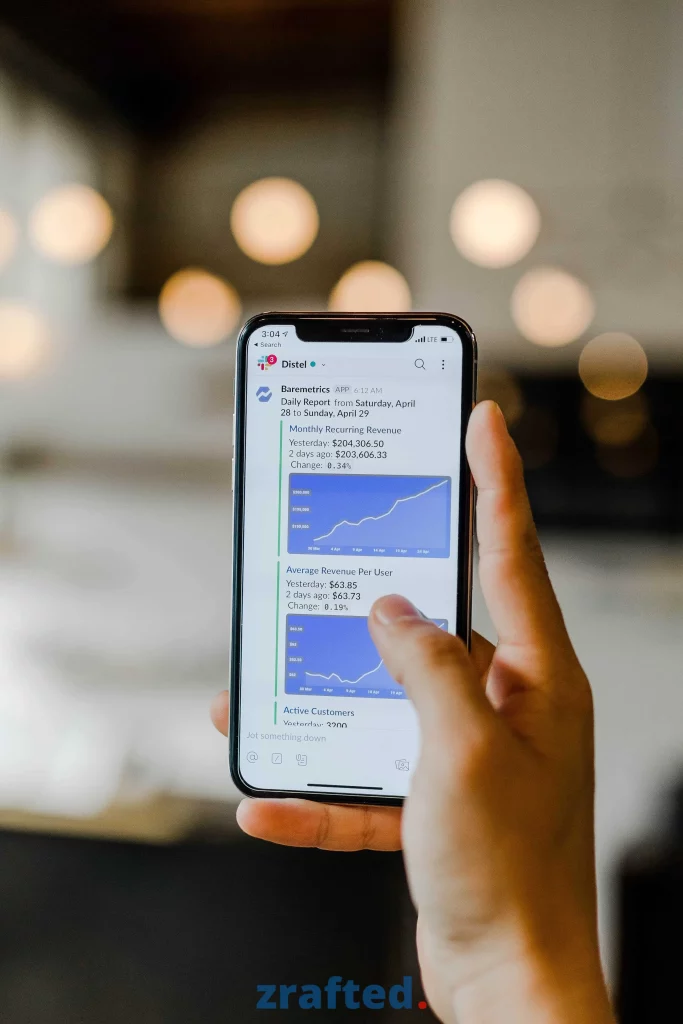
19. Leverage Urgency and Scarcity Tactics
Create a sense of urgency and scarcity in your offers to encourage immediate action. Use phrases like “limited time offer” or “only a few left in stock” to prompt users to act quickly. Just be sure to use these tactics honestly and transparently.
20. Monitor and Benchmark against Competitors
Keep a close eye on your competitors and their conversion strategies. Analyze what they are doing well and identify areas where you can differentiate yourself. Benchmark your conversion rates against industry standards and competitors to set realistic goals for improvement.
Conclusion
Enhancing conversion rates and augmenting online conversions are pivotal factors contributing to the achievement of success in the realm of digital marketing. By comprehending the characteristics and preferences of your target audience, enhancing the efficiency of your website in terms of loading speed and content quality.
Moreover, doing A/B testing to compare different versions of your website, simplifying the process via which potential consumers make purchases, and using the aforementioned strategies for optimizing conversion rates, it is possible to convert mere clicks into devoted and consistent customers. It is important to bear in mind that conversion optimization is a cyclical procedure, and maintaining a steadfast dedication to enhancing the efficiency of your website will lead to enduring outcomes.
Lorem ipsum dolor sit amet, consectetur adipiscing elit. Ut elit tellus, luctus nec ullamcorper mattis, pulvinar dapibus leo.

